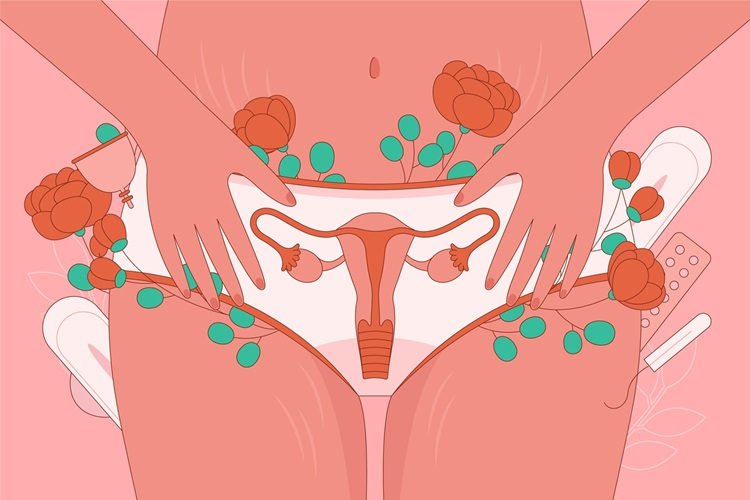Most Common Reasons Why Women Experience Sexual Arousal Disorder
Female sexual dysfunction is a poorly understood condition affecting women of all ages. The female sexual disorder also known as FSAD can be simply defined as when a woman’s body does not respond to sexual stimulation and approximately 30-40% of women will experience it in their lifetime1.
This condition presents itself in different ways, but the most common symptoms of FSAD are:
- Absence of sexual desire: It is the most common complaint about women with FSAD. The lack of desire may be for a partner, neglect of a partner’s attempts to engage in intercourse, or a lack of interest in sexual fantasy and triggers that previously made one aroused.
- Anorgasmia: It is a medical term for an inability to reach orgasm. This may begin with less enjoyment of sex and develop into a complete lack of arousal and pleasure within erogenous areas of the body.
- Dyspareunia: This is when a woman feels pain before, during, or following intercourse. This can be due to a lot of reasons, such as vaginismus, where muscle spasms in the vaginal wall can lead to pain during penetration.
Different factors can be responsible for this condition, let’s take a look at the causes of FSAD
- Mental illness: research has shown that depression, anxiety, and PTSD increase the risk of developing FSAD. Also, a medication used in treating these illnesses such as selective serotonin reuptake inhibitors (SSRIs) used in the treatment of depression increases the risk of developing FSAD.
- Hormonal changes: hormonal changes that occur during pregnancy and menopause make women more vulnerable to FSAD at these life stages. A study on pregnant women found that 66.3%, 50.7%, and 69.2% of a sample experienced FSAD in the first, second, and third trimesters of pregnancy respectively2.
- Lack of vaginal oestrogen: Oestrogen is crucial in increasing blood flow to, and relaxation of the vagina and clitoris. Women who are pregnant or experiencing menopause have reduced oestrogen production making them more vulnerable to FSAD due to low oestrogen.
- Arterial insufficiency: This condition slows blood flow around the body, often due to the build-up of plaque in the arteries. For women this increases their vulnerability to FSAD as it limits blood flow to the erogenous zones, thus reducing their sensitivity.
- Tactile insensitivity: Women with FSAD are more likely to have low levels of tactile sensitivity; therefore touch from a partner is less likely to lead to arousal.
While this condition can be troubling for women, due to increased sensitivity, most women may not feel comfortable discussing it with anyone and may feel reluctant to seek medical help.
You may be thinking, what can be done to treat FSAD? There are two options for treating this condition.
Non-Medical Options
Non-medical options can help with FSAD, but may not be a lasting solution in some cases. However, they can help one experience better intercourse.
- Lubricant: Dryness of the vagina can be uncomfortable; using lubricant can help with this by easing penetration. Silicone-based; lubricants should not be used with silicone devices and oil-based lubricants should not be used when using a condom. Water-based lubricants are the best and widely recommended but may require reapplication during the act.
- Sexual Aid: Devices such as vibrators can help stimulate the clitoris for a more pleasant sexual experience.
Medical Options
- Hormone therapy: Oestrogen therapy helps enhance blood flow to the vagina and can come in the form of oestrogen patches, topical creams, or a vaginal ring. The pros and cons of such treatments can be discussed with a GP. Research has also shown that androgen therapy, which increases levels of testosterone, can help when treating FSAD3.
- Medication changes: Bupropion is an anti-depressant with a wide range of uses. It is often used to support those trying to quit smoking; it is a good alternative to SSRIs as it has less impact on sex drive.
- Psychological intervention: Research has shown that mindfulness-based psychoeducation can eliminate FSAD in some women in terms of increasing physiological and subjective sexual arousal.
Written by: George Hatton







Comments (0)